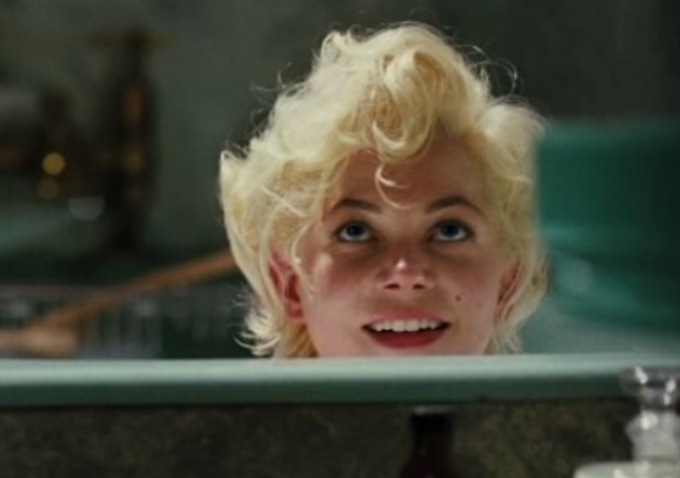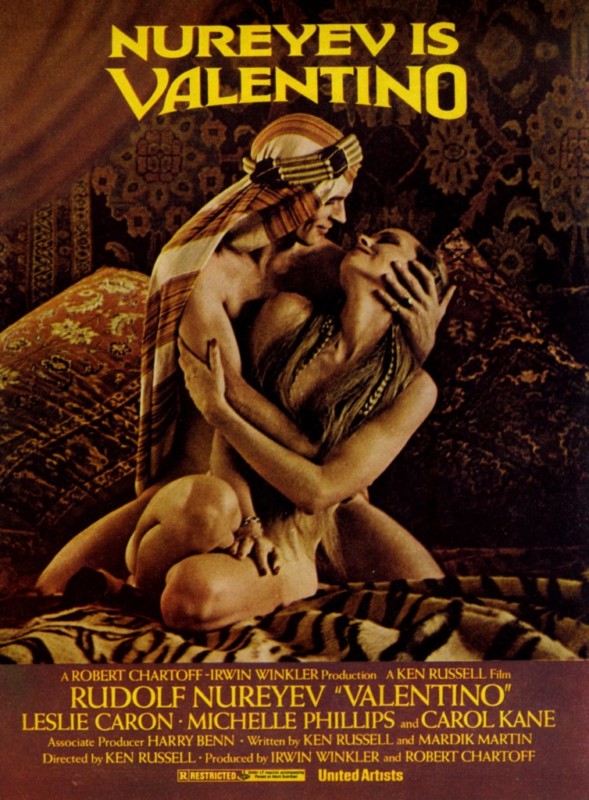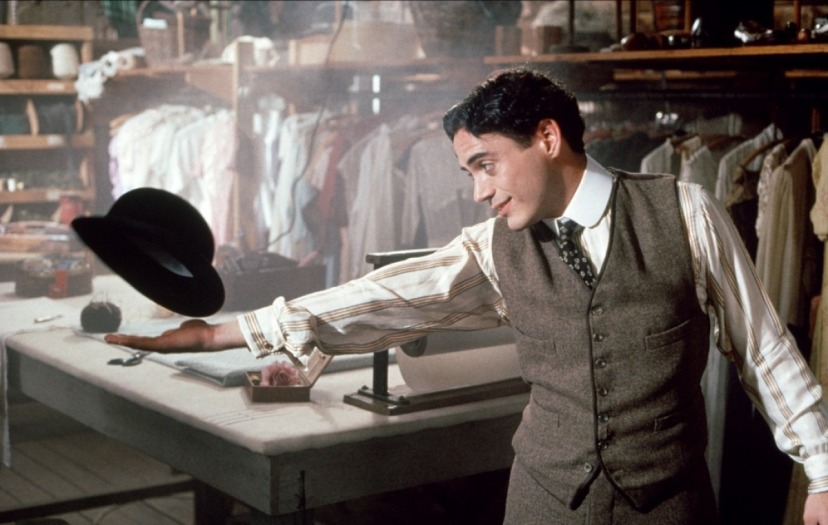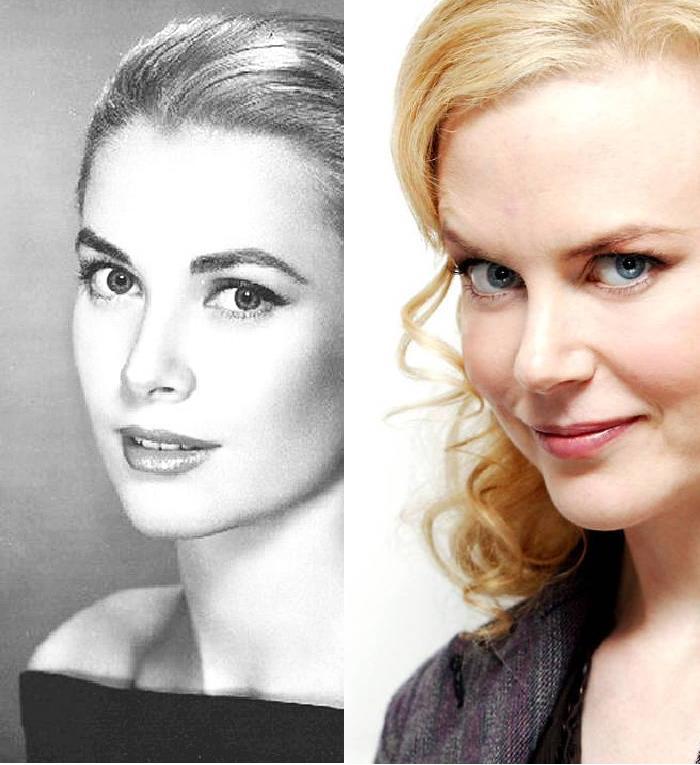News that Nicole Kidman is to play Grace Kelly in a movie called Grace of Monaco convinces me that it is foredoomed. This time Kidman won’t have any prosthetics to help her resemble Grace Kelly, such as the long nose she wore as Virginia Woolf in The Hours (2002). Nor would it be possible, as attractive and talented as Kidman is, to replicate Kelly’s ineffable quality and patrician beauty.
Unlike other biopics, those with film stars playing film stars fail because the originals exist to be compared with and appreciated in the same medium. In fact, they are attempting to simulate someone whose profession is simulation. Sociologist Edgar Morin defined a star as the “combination of screen role and actor, of filmic persona and off-screen personality, and from their union is born a composite creature who participates in both, envelops them both. The public does not know the star as a person but the star as an image.” No biopic can impart this complex image containing multiple meanings. When Woody Allen conjures up the ghost of Humphrey Bogart to advise him on how to get a “dame” to fancy him in Play It Again, Sam (1972), it is the reductive view of Bogie, in a trench coat, a hat pulled down over his eyes, a cigarette in his mouth and a gat in his pocket.
 No matter how good Michele Williams was as Marilyn Monroe in My Week With Marilyn (2011), her performance could never be much more than an impersonation. As Karina Longworth wrote in The Village Voice, “You never forget that you’re watching a talented living actress labouring to mimic a long-gone movie star who, on-screen, at least, never seemed to be acting at all.” It must be remembered that both Grace Kelly and Marilyn Monroe found it difficult enough to play themselves in real life.
No matter how good Michele Williams was as Marilyn Monroe in My Week With Marilyn (2011), her performance could never be much more than an impersonation. As Karina Longworth wrote in The Village Voice, “You never forget that you’re watching a talented living actress labouring to mimic a long-gone movie star who, on-screen, at least, never seemed to be acting at all.” It must be remembered that both Grace Kelly and Marilyn Monroe found it difficult enough to play themselves in real life.
Among the few successful biopics of a star was The Jolson Story (1946), mainly because when Columbia Pictures decided to make it, Al Jolson hadn’t been seen for years in films and was all washed up. Wisely, the studio got Jolson to dub the songs for the unknown Larry Parks. There is a curious Pirandellian moment in the sequel, Jolson Sings Again (1949), when Jolson, played by Parks, meets Larry Parks who is going to play him in the film.

One solution seemed to be, as in the case of Larry Parks, to cast complete unknowns as celebrated stars, though no reflected fame came to Anthony Dexter as Valentino (1951) or Keefe Brasselle in The Eddie Cantor Story (1953). There is a scene in L.A. Confidential (1997) that exposes the weakness of these mimetic roles. Two cops come into a bar to question a man sitting with a blonde, whom he claims to be Lana Turner. One cop (Guy Pearce) says, “A hooker made to look like Lana Turner is still a hooker. She just looks like Lana Turner.” “It is Lana Turner,” says the other cop (Kevin Spacey) with authority. Actually, the actress (Brenda Bakke) only resembles the star vaguely, so the whole point of the scene is lost.
 Towards the end of Richard Attenborough’s vacuous Chaplin (1992), we see a clip of the real Charlie Chaplin, a fatal moment that blows Robert Downey Jr’s studied interpretation out of the water. None of this has stopped filmmakers continuing to think that today’s actors can recapture the charisma of the stars of Hollywood’s golden age.
Towards the end of Richard Attenborough’s vacuous Chaplin (1992), we see a clip of the real Charlie Chaplin, a fatal moment that blows Robert Downey Jr’s studied interpretation out of the water. None of this has stopped filmmakers continuing to think that today’s actors can recapture the charisma of the stars of Hollywood’s golden age.
In a sketch in the BBC TV comedy series Not Only But Also in the 1960s, Peter Cook was seen in drag as Greta Garbo in the famous last shot of Queen Christina (1933), in which she stands like a masthead at the bow of the ship. The expressionless Cook was perfect casting in the scene for which the director had told Garbo, “I want your face to be a blank sheet of paper... so that you're nothing but a beautiful mask.” Cook confessed, “As Garbo I thought I looked incredibly beautiful. I fancied myself rotten! I thought I looked rather better than she did!” Pity Peter Cook is not still around to play Grace Kelly.














Add comment